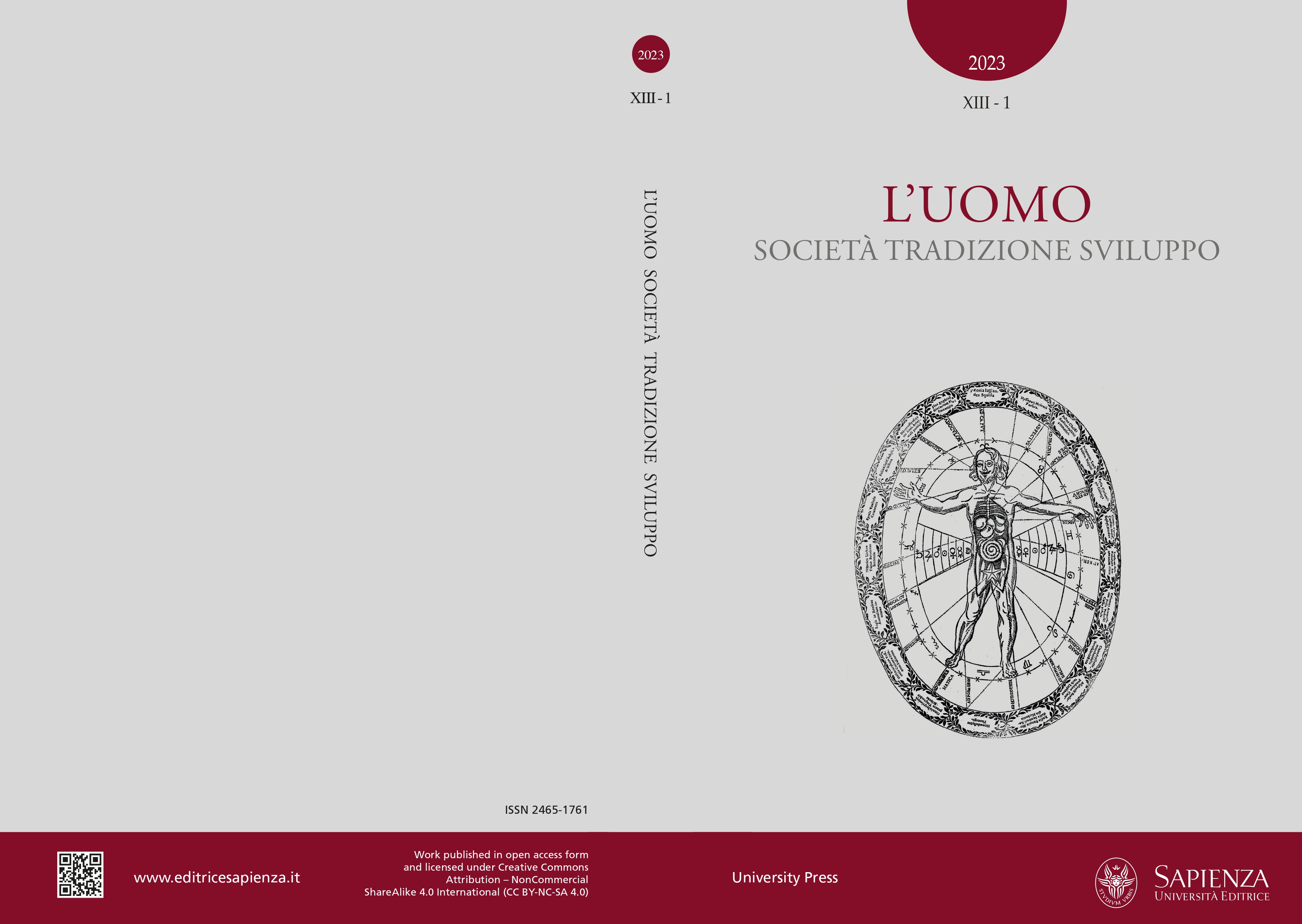Does digital natives count electric sheep?
The diffusion of digital media as a cultural fracture
Keywords:
Digital natives, authentic/inauthentic, media, territory, cultural fractureAbstract
Based on an ethnographic research conducted in the Montesacro neighborhood of Rome, this paper examines the concept of “digital natives” and how it is used in the local context to articulate a cultural rift related to the widespread of digital media. This cultural rift functions as a narrative device through which the residents of this territory imagine time as divided between a “before” and an “after” the emergence of these technologies, connecting this chronological division to reflections on changes in ethics, morality, and particularly the attention and care given to the territory. Those born after this transformation, imagined as digital natives, are seen as fundamentally different from those born before. In particular, digital natives are believed to have a more mediated and therefore inauthentic way of experiencing the territory and relationships, in contrast to the authentic experiences of the “non-natives”. The article demonstrates how these differences are conceptualized, narrated, and linked to the perceived decline in the quality of life in Montesacro. The rhetoric of digital natives allows residents to explain the existential difficulties they experience and the constructed and inhabited cultural rift provides meaning to the present experiences of the “non-natives”, encapsulating ethical and moral values in the territory’s past while also hindering the imagination of the future, which is inevitably compromised. Finally, the paper shows how young people have internalized this narrative, feeling excluded from the possibility of imagining a better future for the place they live in.


